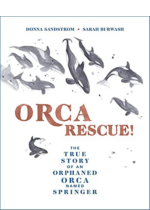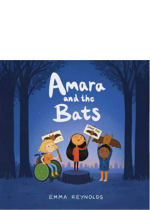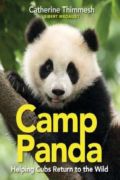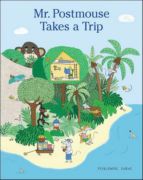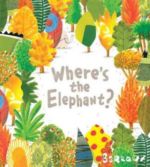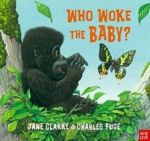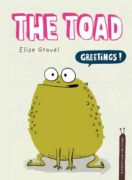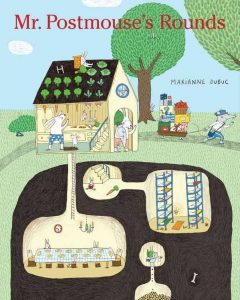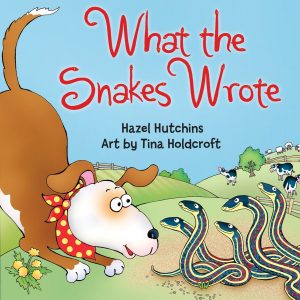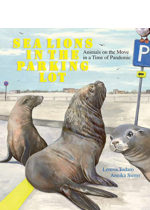
A Junior Library Guild selection. With the skies, roads, and waterways clear and quiet during the COVID-19 pandemic, the natural world seemed to return to an earlier, wilder state. Animals crossed boundaries that people had set over centuries, reclaiming ancient habitats. From sea lions who clambered into a parking lot in Argentina to deer who wandered in a Japanese subway to lions lounging in the middle of South African roads to kangaroos who bounced through a shopping district in Australia, this thoroughly researched, stunningly illustrated book tells the stories of these newly footloose creatures — and describes what the COVID-19 “pause” taught scientists about how ecosystems and wildlife can rebound if the right environmental conditions are achieved.

